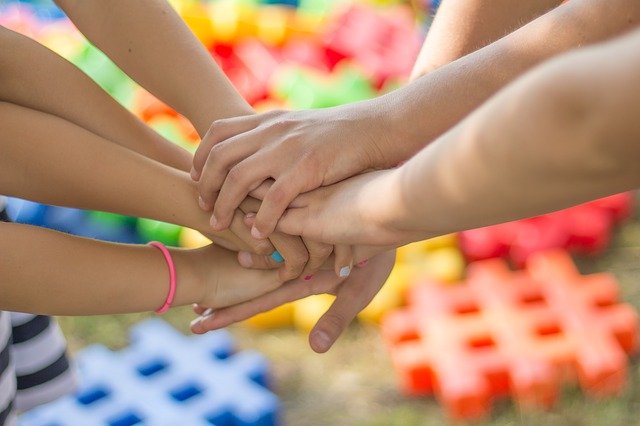Research In Action
Research In Action
Breadcrumb

These days, it seems just about everyone knows a child, or knows of a child, with attention deficit hyperactivity disorder (ADHD). According to the Centers for Disease Control and Prevention, approximately 11% of school-age children in the United States suffer from ADHD.
Children with ADHD are most commonly characterized as having short attention spans and hyperactive and impulsive behaviors. These behavioral characteristics are also associated with reactive aggression, which can put them in direct conflict with their peers. Repeated conflicts may escalate and lead to aggression or victimization.
As part of a series of studies of students at schools in several locations across Philadelphia, my team and I looked at how training youth in social-emotional and problem-solving skills (e.g., recognizing when they are becoming angry, evaluating a potential conflict, and evaluating how best to respond) can help them understand and deescalate their own aggressive and impulsive behavior to avoid a conflict.
Although these studies focused on school-age youth identified as being at high risk for aggression (as opposed to being diagnosed with ADHD) some of the strategies we teach are also applicable for children with ADHD. This is important because, unfortunately, for children with ADHD, the potential for conflict with others is all around them, particularly at school.
For example, if a child with ADHD is accidentally bumped by another student in the hallway, the relatively benign encounter can quickly turn into a fight if the child with ADHD immediately reacts in anger by lashing out verbally or physically.
We think that all youth who are reactively aggressive and/or have ADHD could benefit from a two-part strategy to help them head off their own impulsive behavior and respond appropriately. We advise that children:
- Step Back. When they recognize they are starting to become upset or angry, Take a Step Back. Children with ADHD should employ a cooling-down strategy, such as counting to 10, taking a series deep breaths, or using visual imagery of a relaxing event, so they can take a moment to understand the situation before responding.
- Make a choice. Once the child understands the situation, he or she should determine why it happened and decide how to ACT as opposed to merely react.
Applied at School
So, in a hallway bumping incident, the child would be counseled to pause and think about what just happened—“a kid bumped into me”—and make an assessment—“Did he or did he not do this on purpose.” Then the child should decide how to respond. If the other child kept on walking, we might suggest that the child with ADHD do the same. If the other child offers an apology, the child with ADHD might simply respond, “No problem. That’s OK.”
Children who are bystanders in such situations should also be counseled on how to react because their reactions can fuel aggressive or impulsive behavior as well as deescalate it. In the hallway incident, the other children could make matters worse by laughing at the bumped child or help by comforting him or her.
Training all children in being a proactive and positive bystander can be a valuable classroom management tool for teachers because of the prevalence of children who have a variety of social and behavioral issues, including ADHD.
Applied at Home
Parents can also help children with ADHD navigate situations in which they misread social cues. We recommend that parents encourage their children to think about how the other person is feeling, how they would feel if they were in the other person’s place, and what responses or actions are appropriate for the situation.
Setting up structured play dates or other brief social interactions can be an important way to help children with ADHD develop social skills and learn empathy.
Establishing good communication when children are young is extremely important because as children get older, they become more focused on friends and activities, and less on their parents and family life. We recommend that parents make a habit of checking in with their children on a daily basis and not just when there’s a problem.

